The Best DIY Window Cleaner Recipe (Just Three Ingredients!)
Though we're all used to that handy blue spray to clean our windows, did you know that there's a simple homemade solution can give you sparkling results without all the extras you don’t need? With just a few ingredients you already have in the kitchen, this DIY cleaner is a practical, budget-friendly way to keep your glass looking crystal clear. Here’s how to make it, how to use it, and a few helpful tips to get the best results.
The Recipe
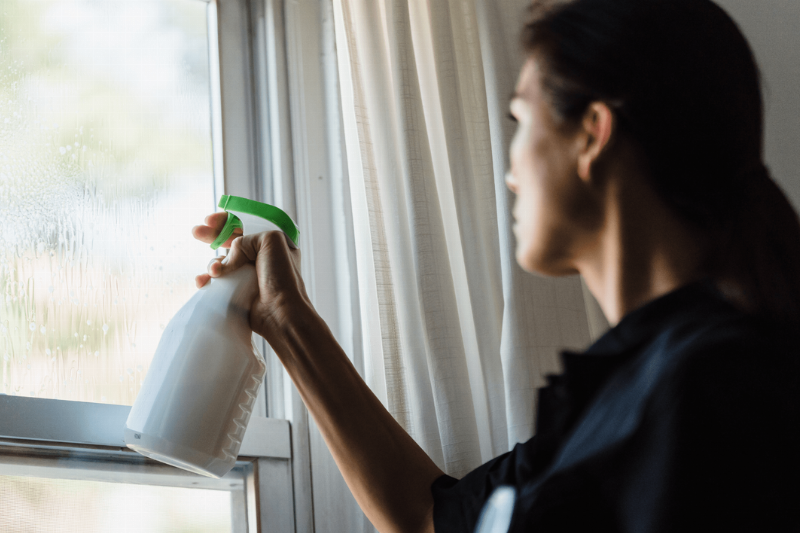
In a clean spray bottle, combine one part white vinegar, one part water, and just a few drops of dish soap. Shake it gently to mix. That's it. If you don’t have vinegar on hand or prefer a different scent, you can substitute with lemon juice. It's quite literally that simple, and it'll go toe-to-toe with your store-bought window cleaner.
Choosing Essential Oils (If You Want To)
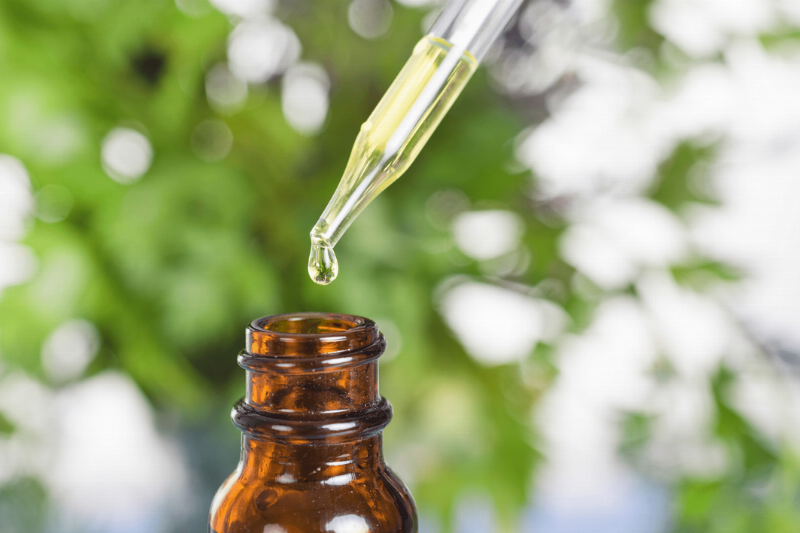
You don't have to add a scent to your spray, but it can make cleaning more pleasant. Lemon, lavender, or peppermint oils are popular choices that aren't super overwhelming (if you don't use too much, that is). They also bring some added antibacterial properties. Add just a couple drops to the bottle after mixing the main ingredients. Shake well before each use to keep the oil properly mixed in. Just be careful with oils if you're cleaning near pets or people with sensitivities.
Why This Recipe Works
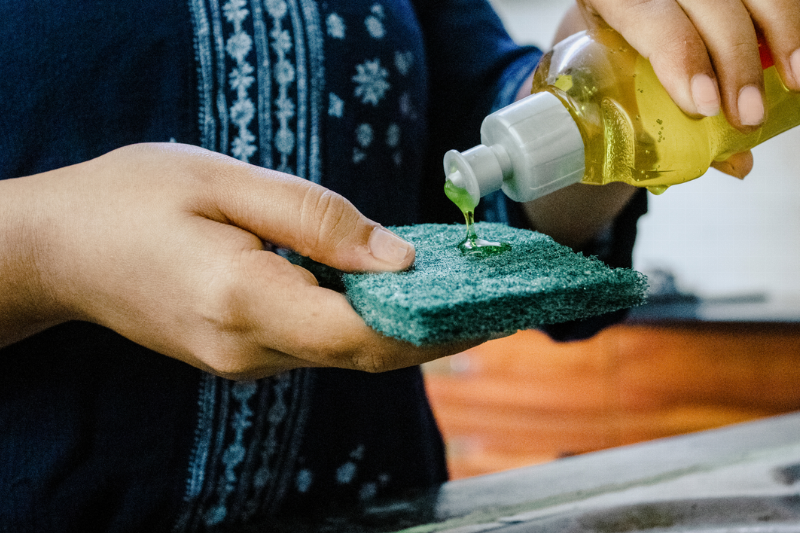
This mix has just the right balance of cleaning and degreasing power. The white vinegar cuts through film and grime, while dish soap helps loosen dirt and streaks. This combo tackles smudges, fingerprints, and even touch, built-up haze without leaving residue behind.
But the added dish soap is what really gives this cleaner an edge. It lifts oily residue and helps break down buildup that vinegar alone might miss. The key is using just a drop or two, as too much soap can leave film or streaks of its own. The right amount boosts the solution's cleaning strength without making it hard to wipe clean.
Where You Can Use It
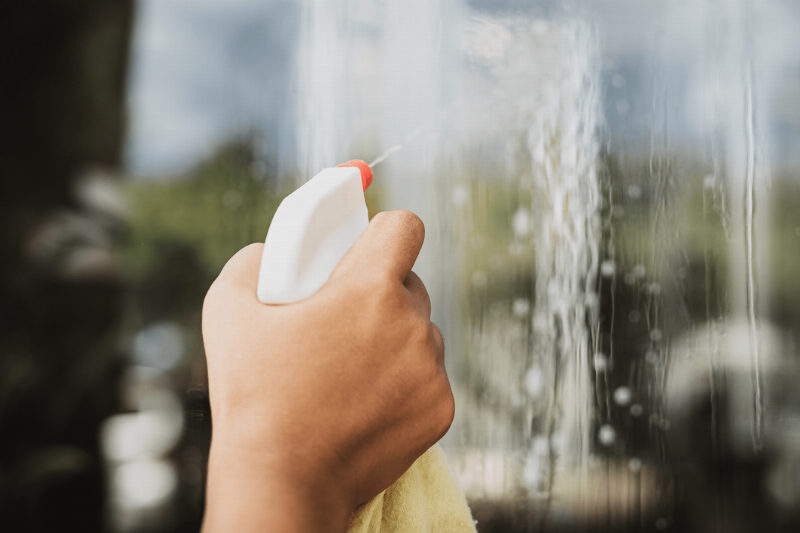
This mixture works on more than just your window glass. You can use it on mirrors, shower doors, and even glass tables. It's safe for most modern window panes, but avoid using it on tinted or specialty-coated windows without checking with the manufacturer. Stick to non-porous surfaces, and test on a small area first if you’re unsure. This cleaner is best used with a microfiber cloth or lint-free rag.
Tips for Cleaning
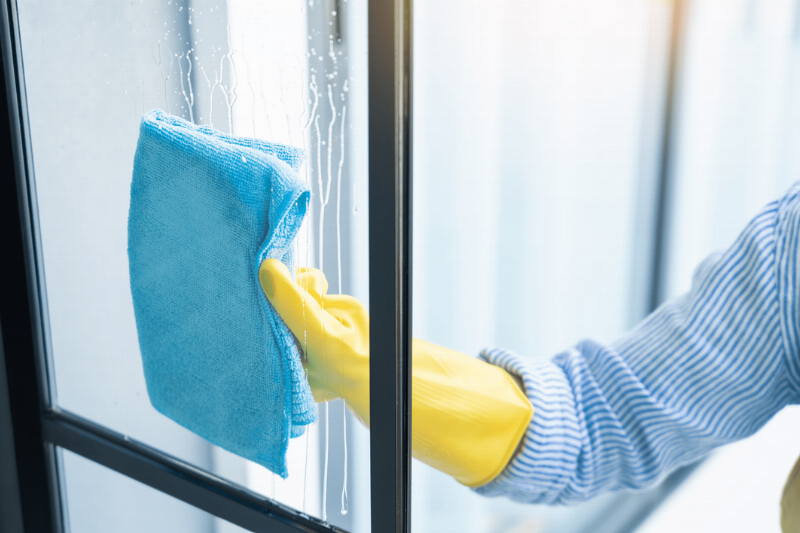
Spray lightly and wipe using long, overlapping strokes. Use one cloth to clean and another dry one to buff if streaks remain. Make sure the glass isn't too hot from the sun or warm air, as heat causes the solution to dry too fast and leave marks. Don’t overuse the mixture either, less is more here. If your windows haven’t been cleaned in a while, you might need a second pass for full clarity.
Making your own window cleaner is one of the easiest swaps you can try at home. It works just as well as commercial options, skips the harsh chemicals, and saves you money in the long run. Whether you’re cleaning one mirror or a full wall of windows, this mix keeps things easy, helping your glass shine like new again









